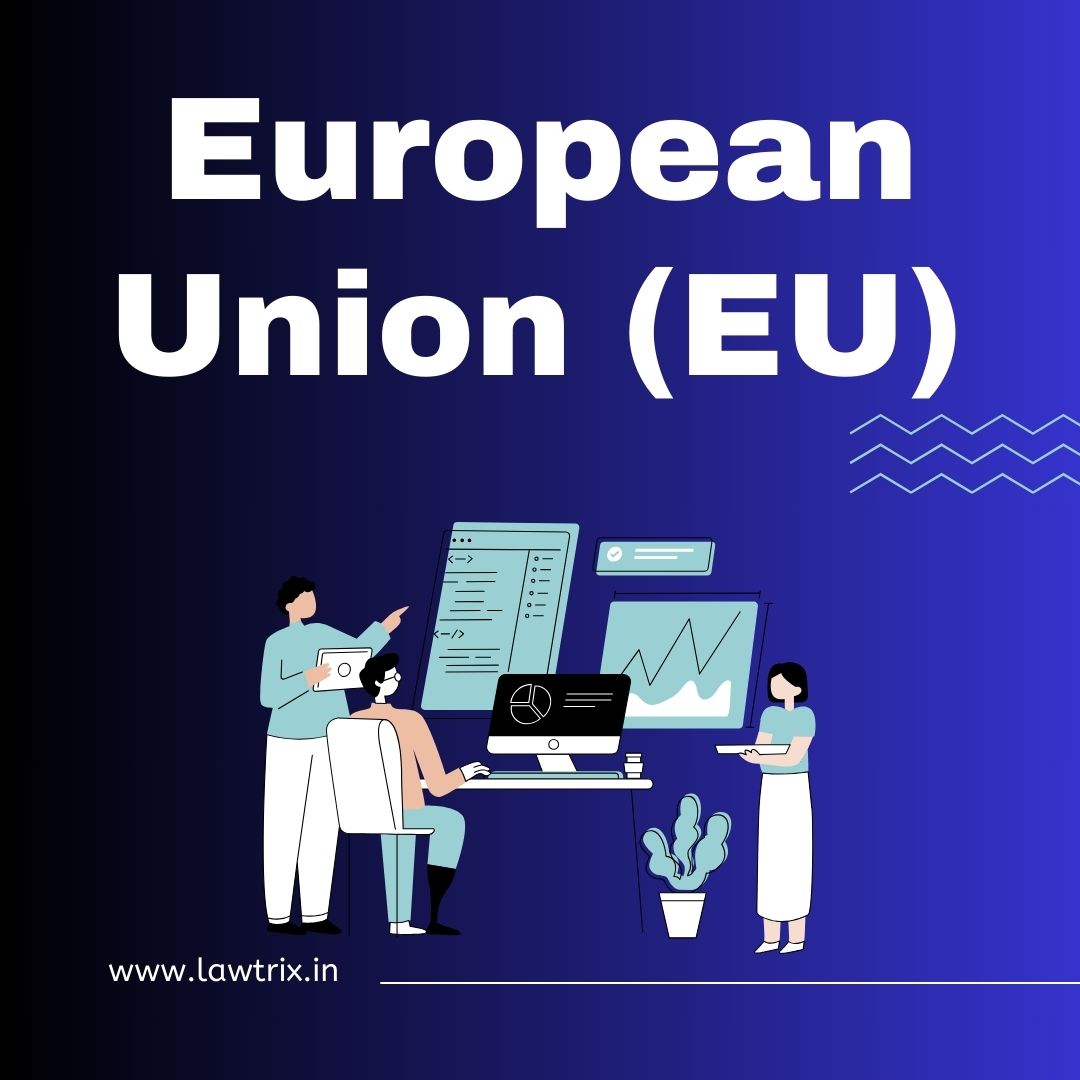


The
European Union (EU) is a political and economic union of 27 European countries
that are located primarily in Europe. The EU has developed an internal single
market through a standardized system of laws that apply in all member states.
It aims to ensure the free movement of people, goods, services, and capital
within the internal market.
Objectives
and Principles
The
EU's objectives include:
1. Promoting
Peace: The EU was initially established to promote peace
and stability in Europe, following the devastation of World War II.
2. Economic
Cooperation: Strengthening economic cooperation and
creating an internal market for goods and services.
3. Social
and Territorial Cohesion: Reducing disparities between
various regions and promoting social cohesion.
4. Environmental
Protection: Implementing policies that address climate change
and environmental protection.
5. Justice
and Home Affairs: Promoting justice, freedom, and
security within the EU.
Key
Institutions
The
EU operates through several key institutions:
1. European
Commission: The executive branch responsible for proposing
legislation, implementing decisions, and managing day-to-day affairs.
2. European
Parliament: Elected by EU citizens, it shares legislative
power with the Council of the European Union.
3. Council
of the European Union: Represents the governments of the
member states and shares legislative and budgetary authority with the European
Parliament.
4. European
Council: Consists of the heads of state or government of
the member states, setting the EU's overall political direction.
5. Court
of Justice of the European Union (CJEU): Ensures EU law is
interpreted and applied uniformly across member states.
6. European
Central Bank (ECB): Manages the euro and formulates
monetary policy for the Eurozone.
Policies
and Areas of Cooperation
The
EU has developed various policies and cooperation areas:
1. Single
Market: Ensures the free movement of goods, services,
capital, and people within the EU.
2. Customs
Union: Members apply a common external tariff to goods entering
the EU.
3. Common
Agricultural Policy (CAP): Provides financial support to
farmers and ensures a stable supply of affordable food.
4. Cohesion
Policy: Aims to reduce disparities between regions through
structural and investment funds.
5. Trade
Policy: The EU negotiates trade agreements on behalf of
its member states.
6. Environmental
Policy: Addresses climate change, pollution, and
conservation of natural resources.
Economic
and Monetary Union
One
of the most significant integrations within the EU is the Economic and Monetary
Union (EMU), which includes:
1. Eurozone:
The euro area, commonly called the eurozone (EZ), is a currency union of member states of the European Union (EU) that have adopted the euro (€) as
their primary currency and sole legal tender, and have thus fully implemented
EMU policies.
2. European
Central Bank (ECB): Governs monetary policy for the
Eurozone.
Enlargement
and External Relations
The
EU has expanded from its original six members to 27, with several countries
aspiring to join. Enlargement has been one of the EU’s most powerful tools for
promoting stability, security, and prosperity in Europe.
Challenges
and Opportunities
The
EU faces several challenges, including:
1. Economic
Disparities: Significant economic differences
between northern and southern, as well as eastern and western member states.
2. Brexit:
The departure of the United Kingdom from the EU has had significant political
and economic implications.
3. Migration
and Asylum: Managing migration flows and asylum seekers in a
coordinated manner.
4. Populism
and Euroscepticism: Rising nationalist and populist
sentiments challenging EU integration.
5. Global
Influence: Balancing its role on the global stage with major
powers like the US, China, and Russia.
Despite
these challenges, the EU presents numerous opportunities, such as:
1. Innovation
and Technology: Investing in research, innovation, and
digital transformation.
2. Green
Transition: Leading the global fight against climate change
with the European Green Deal.
3. Global
Trade: Leveraging its large market to negotiate favorable
trade agreements.
4. Cultural Exchange: Promoting cultural diversity and unity through various programs like Erasmus
The
European Union represents a unique model of supranational governance, fostering
peace, stability, and prosperity across Europe. Its evolution continues as it
adapts to new internal and external challenges, aiming to promote a cohesive
and competitive Europe on the global stage.